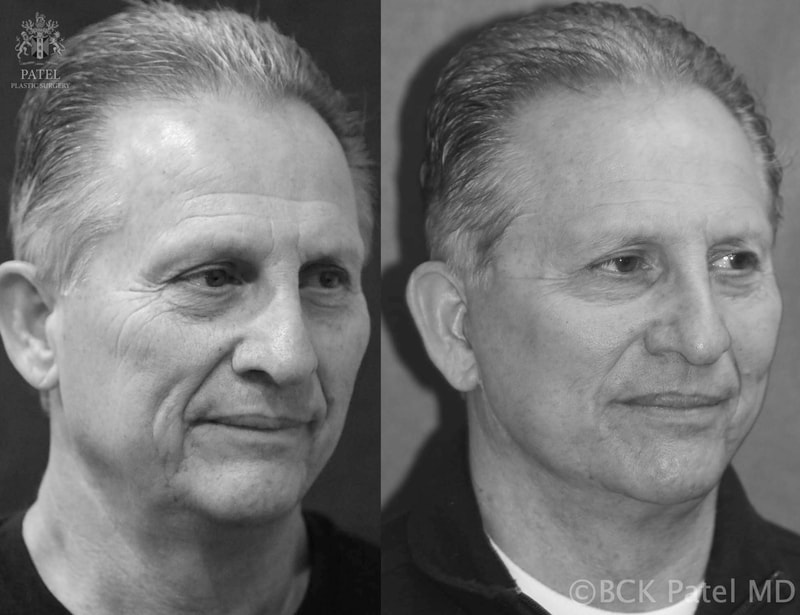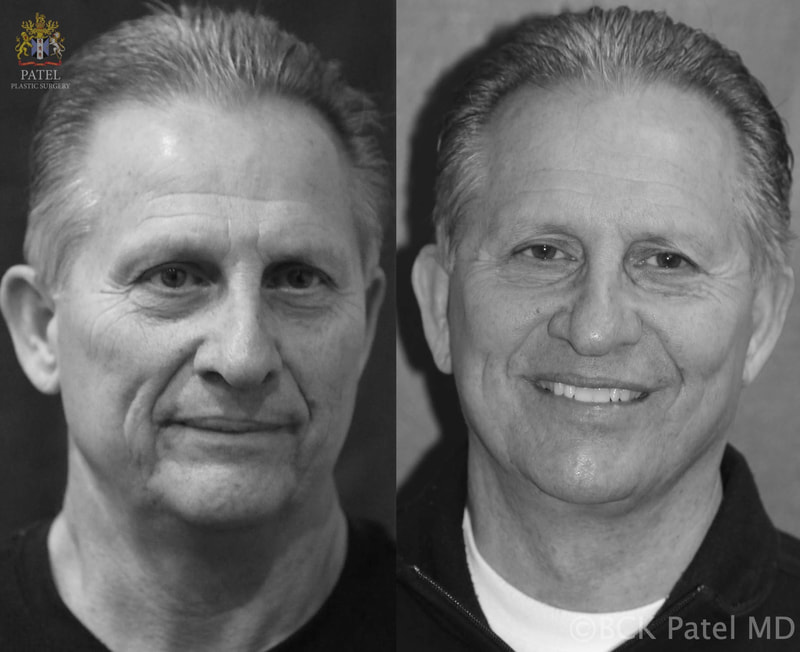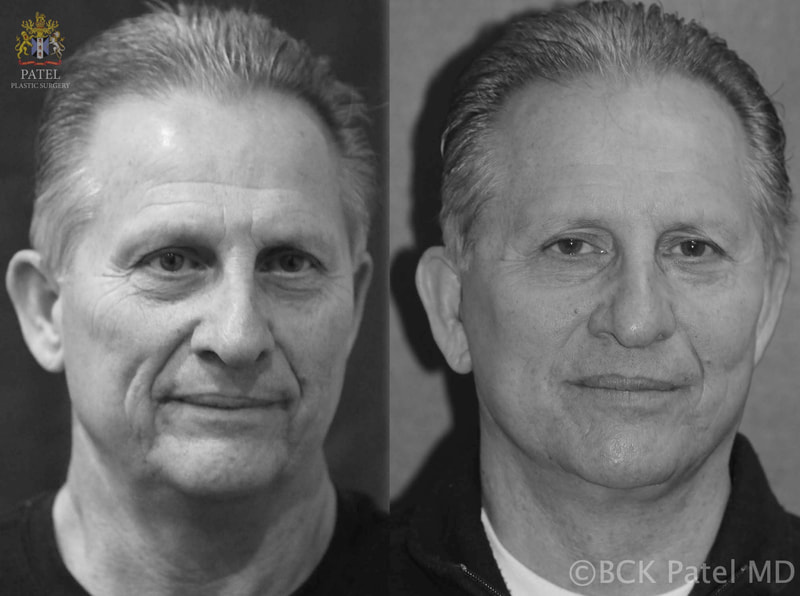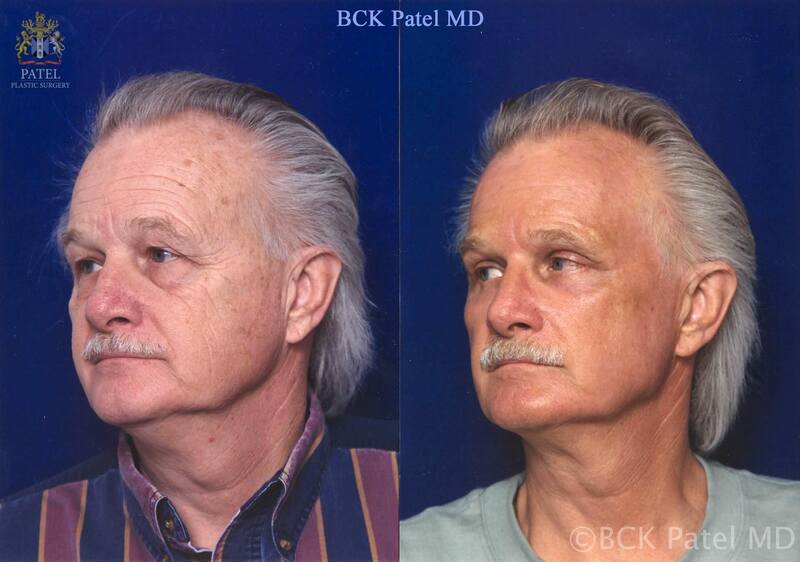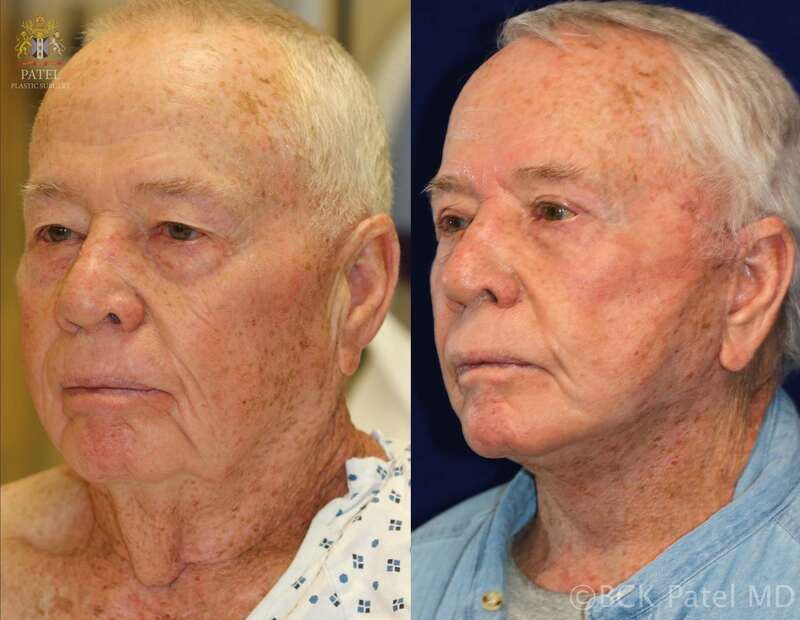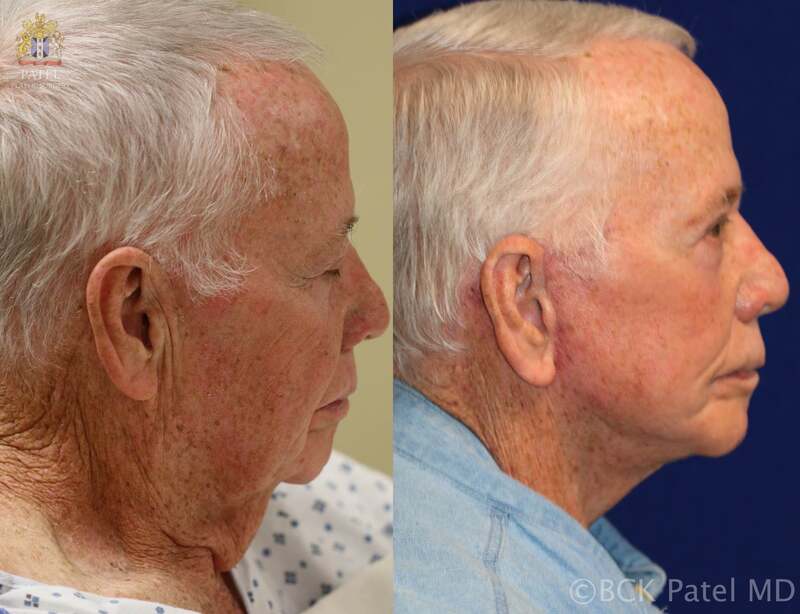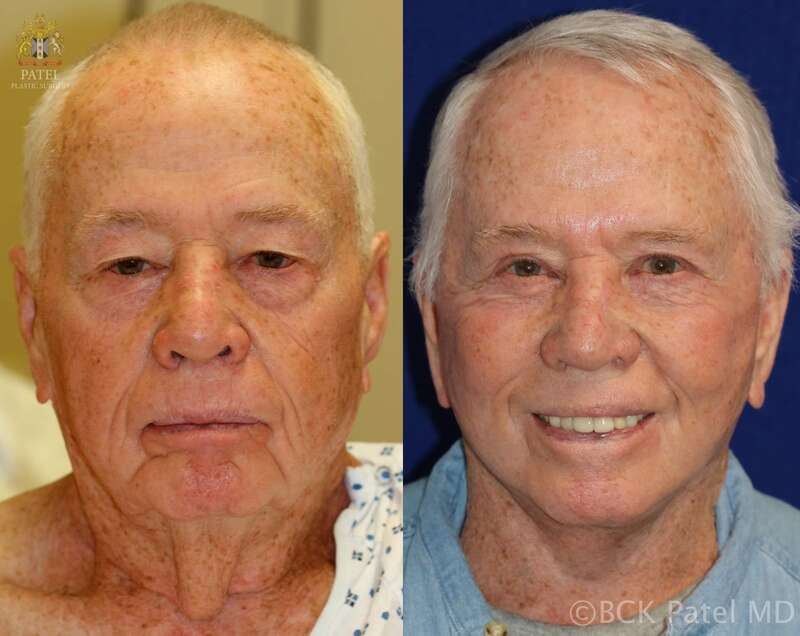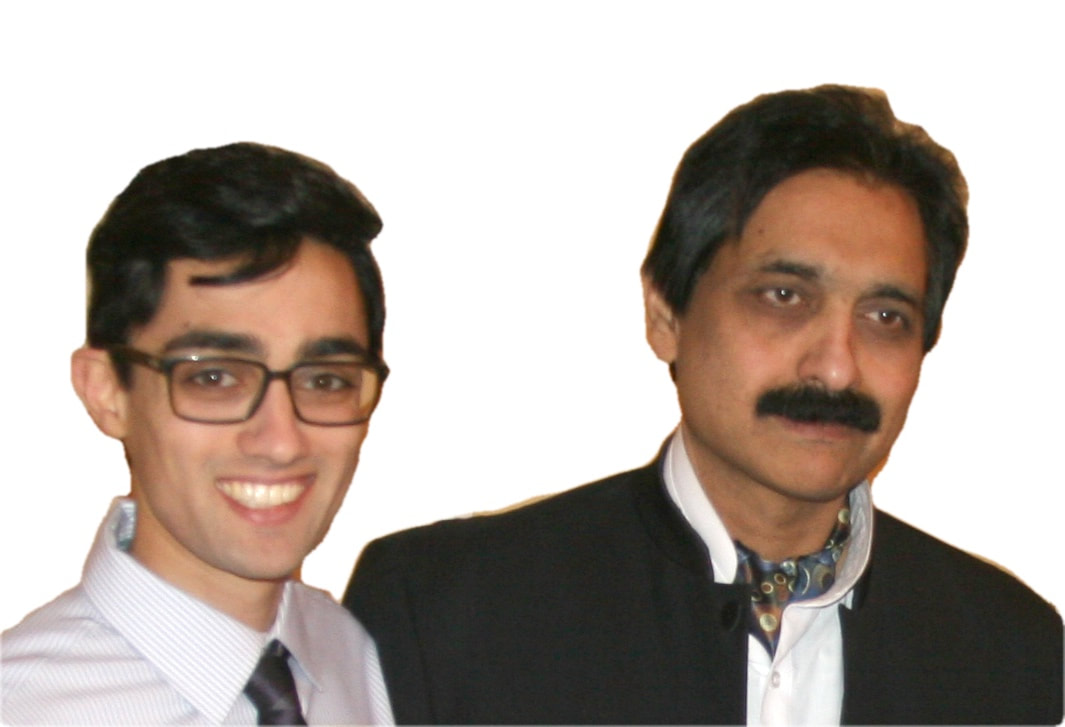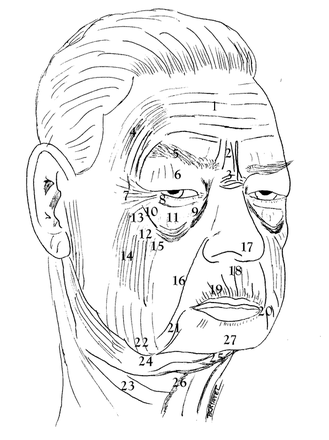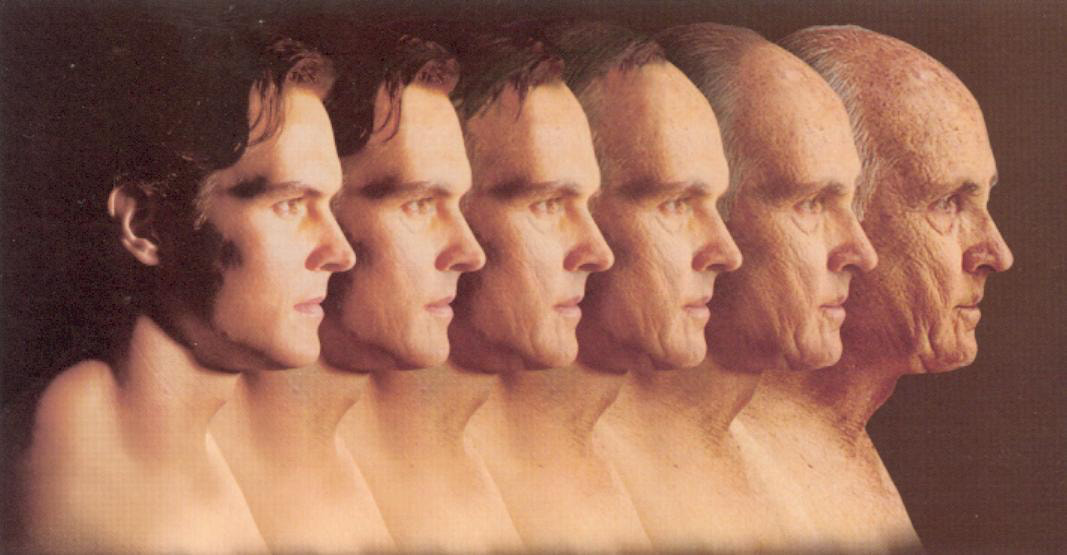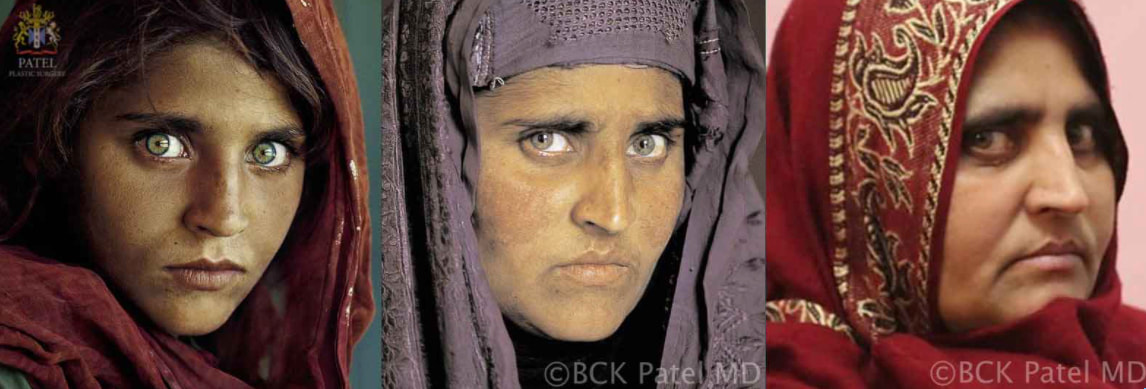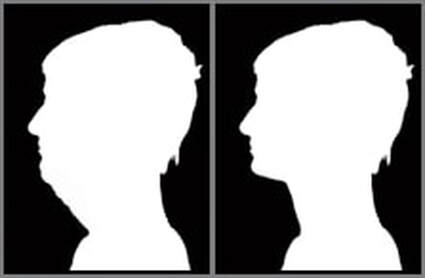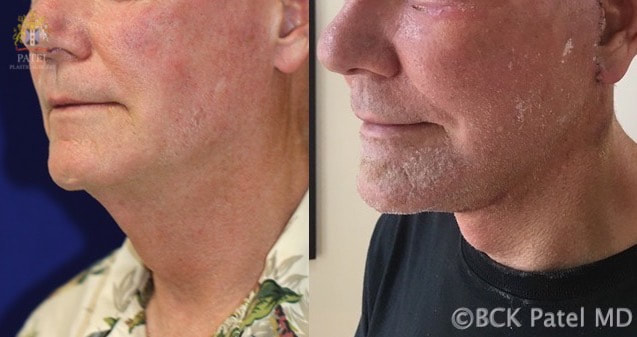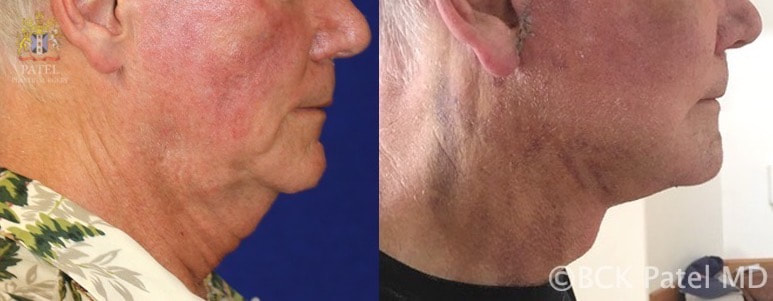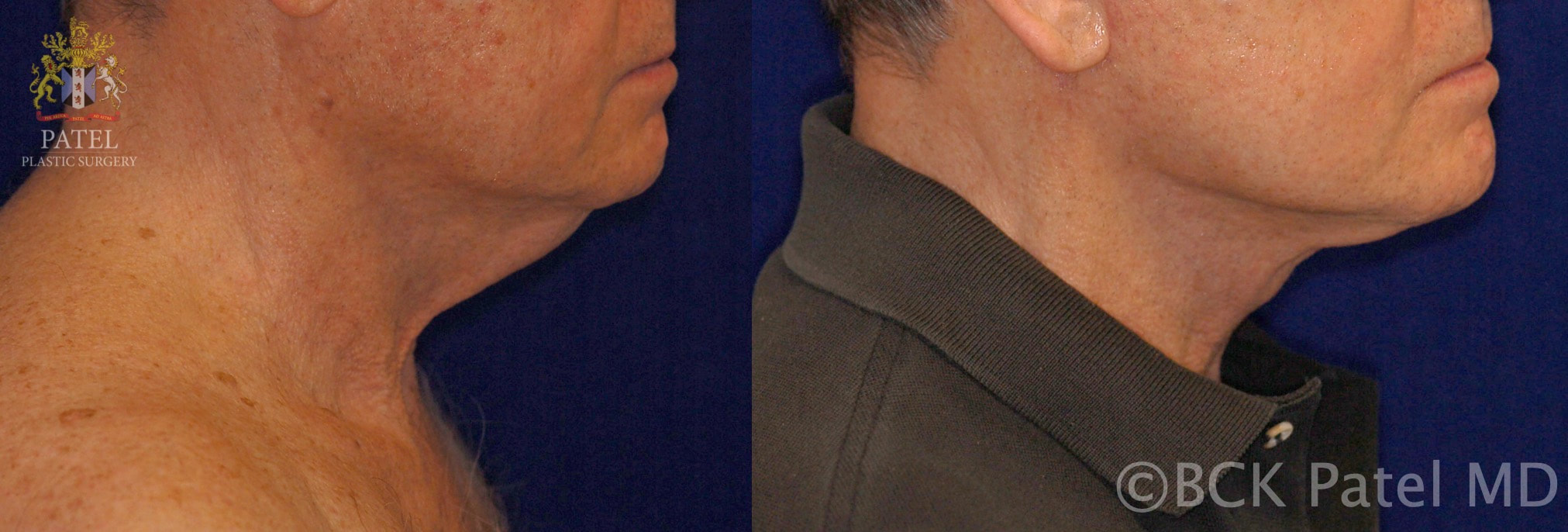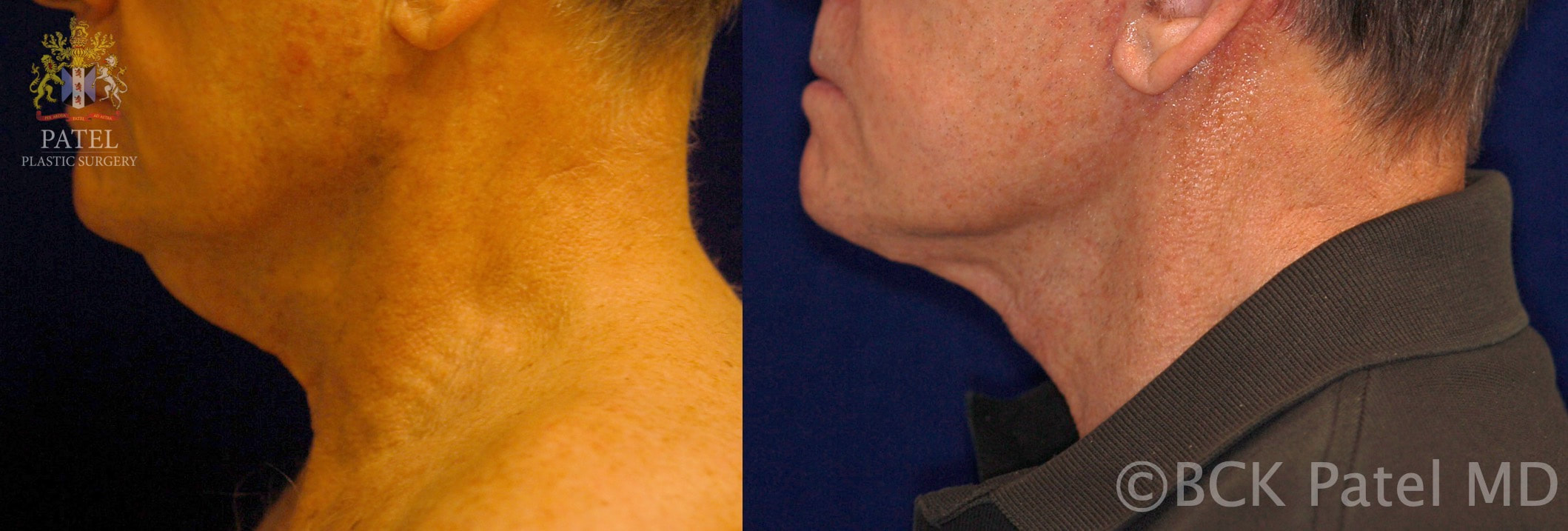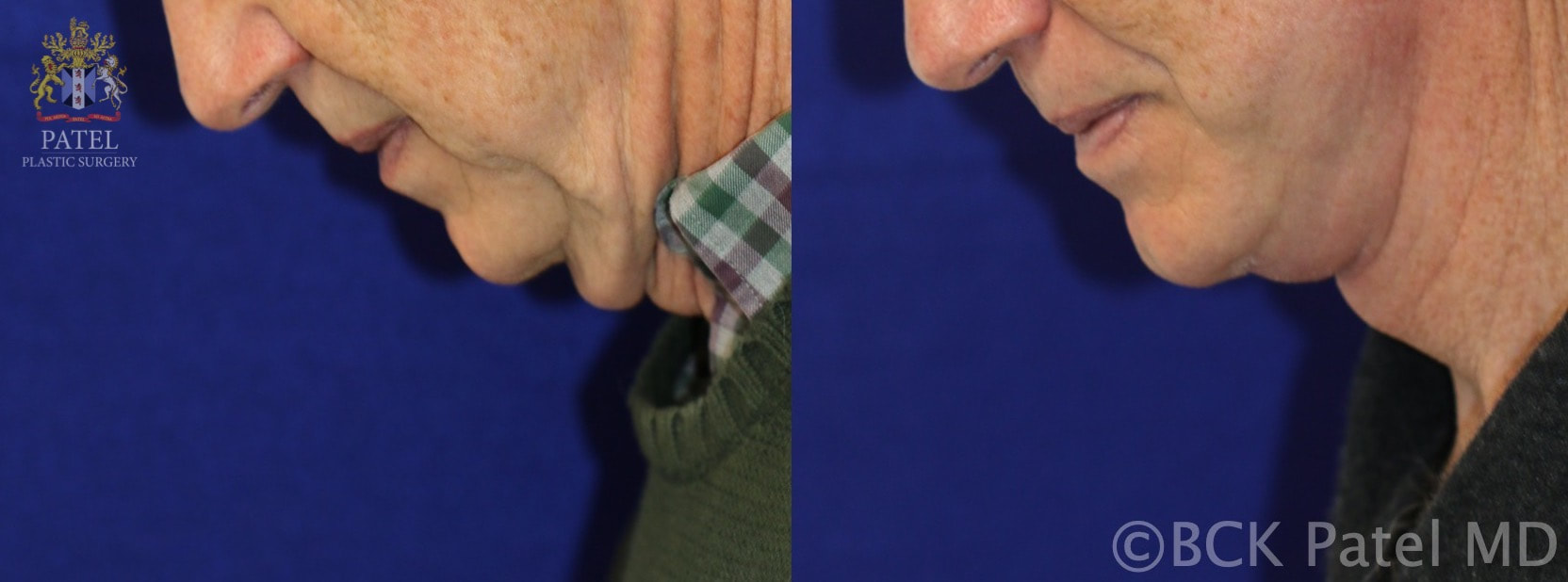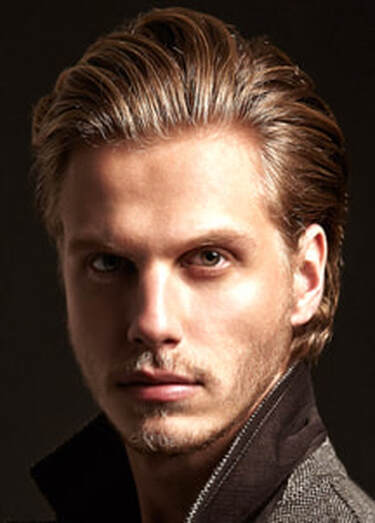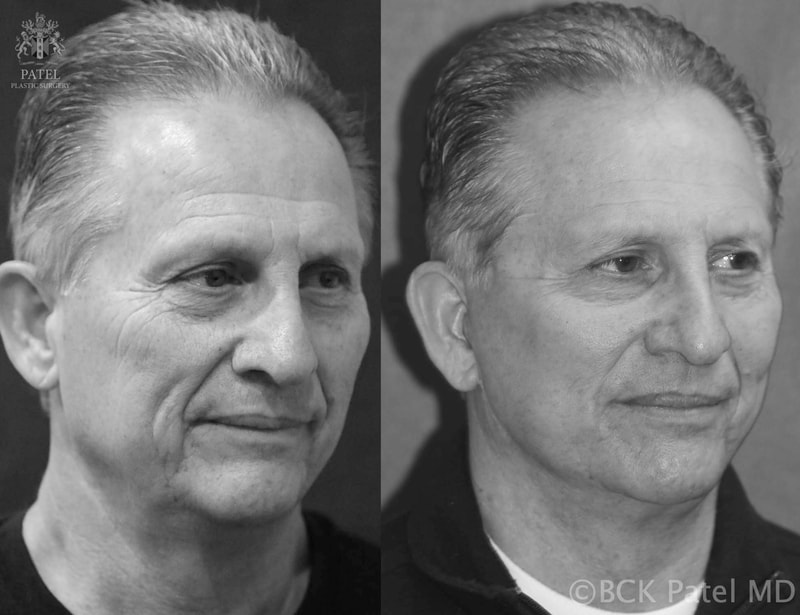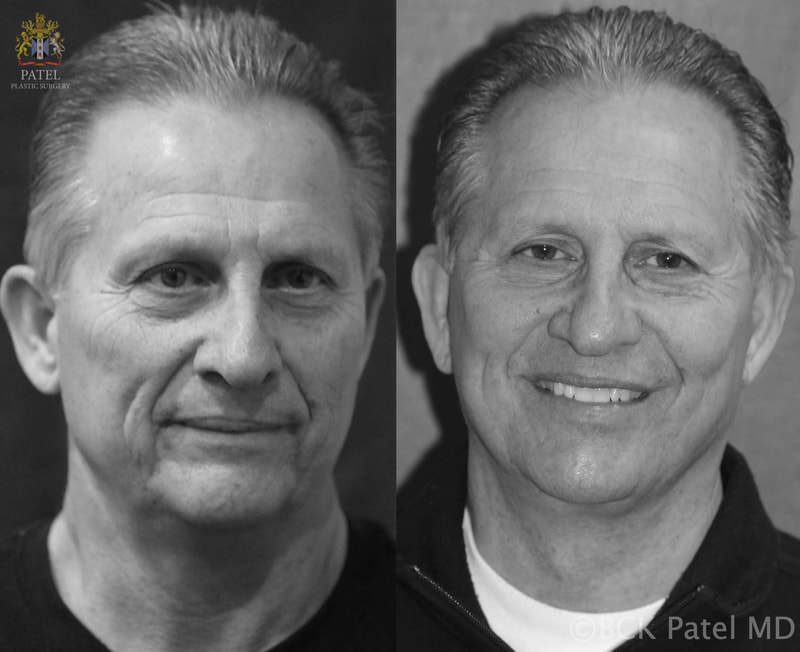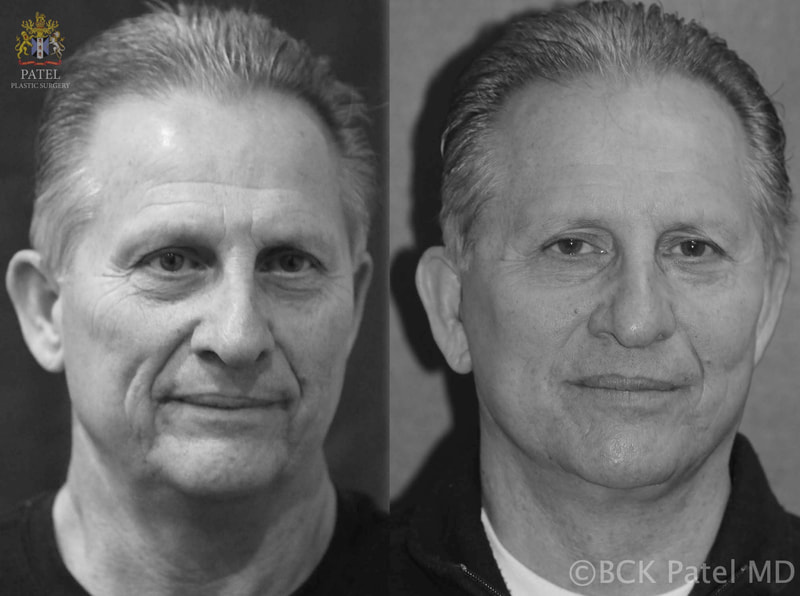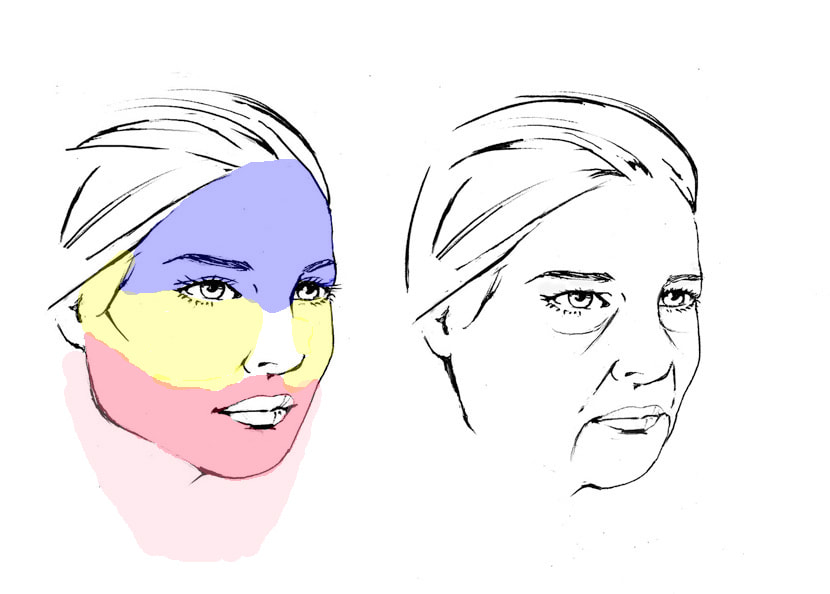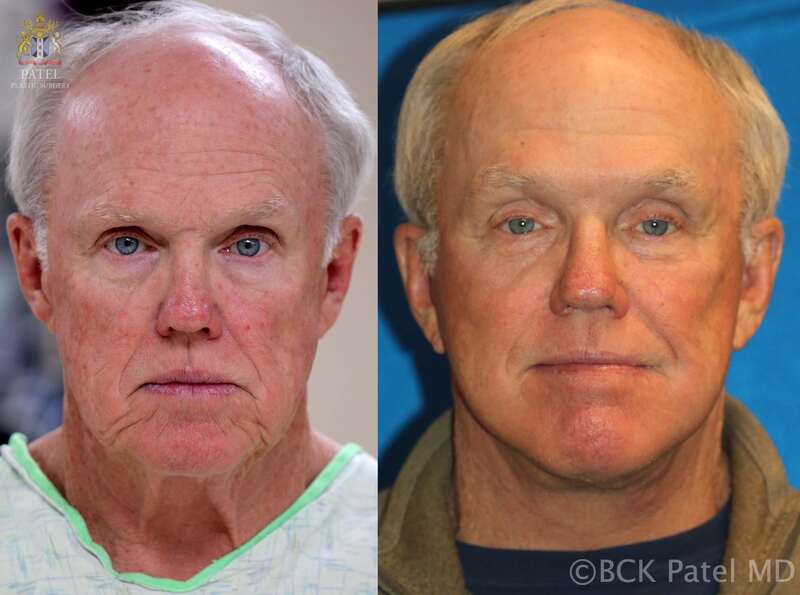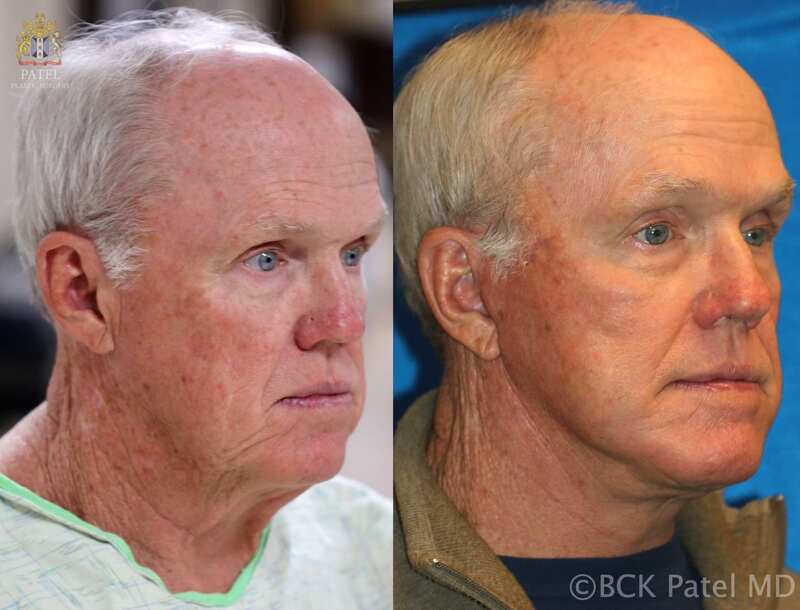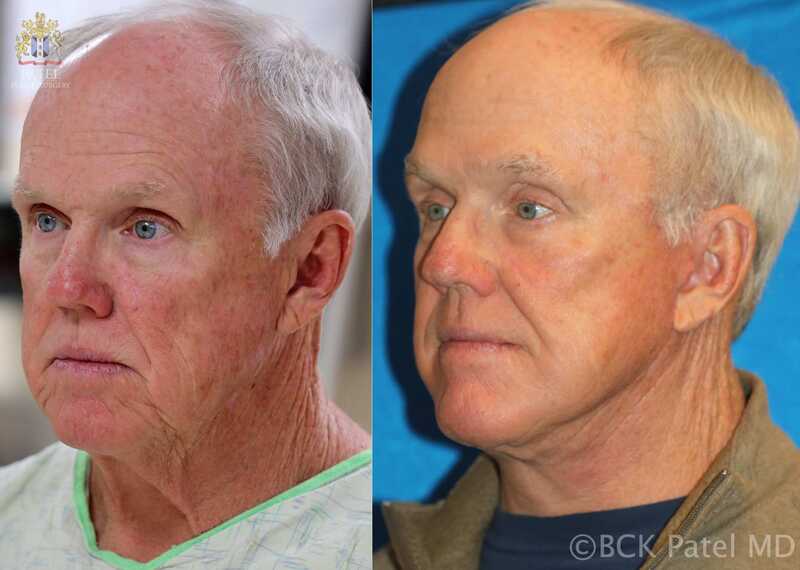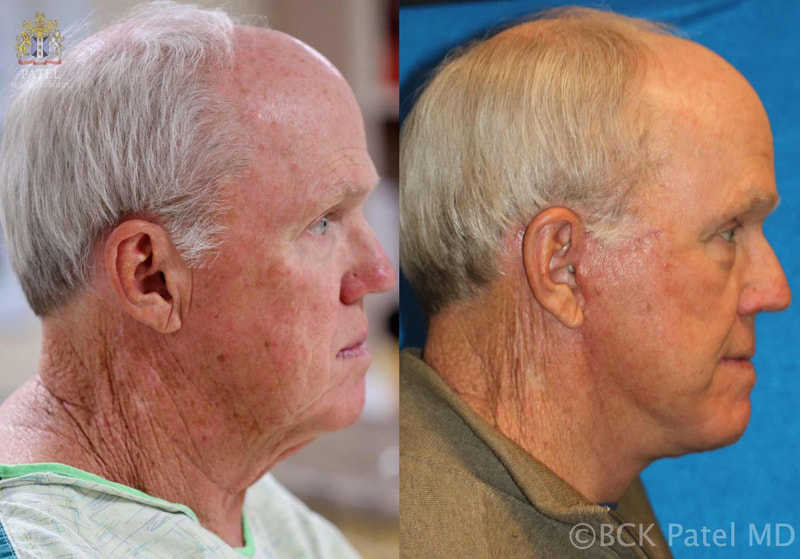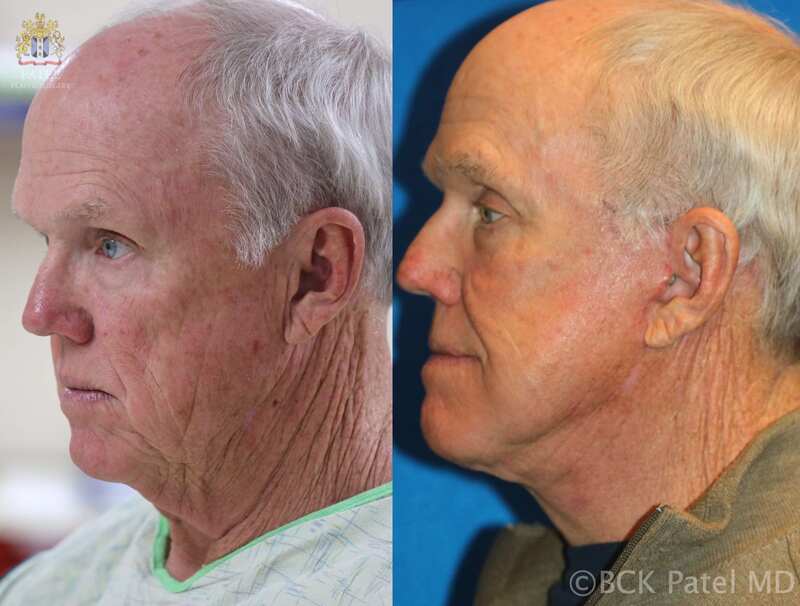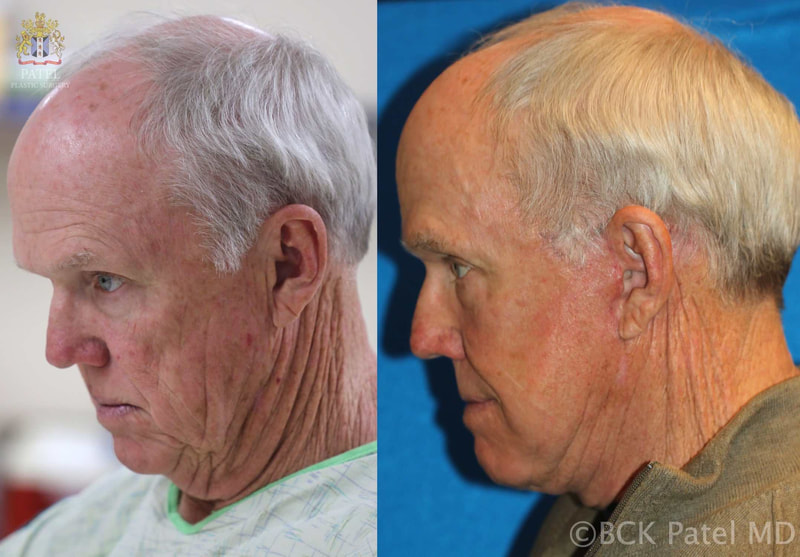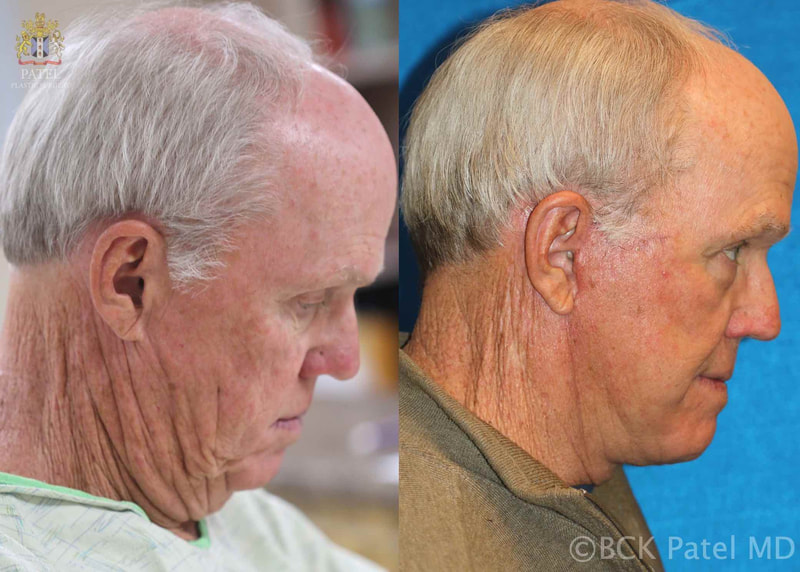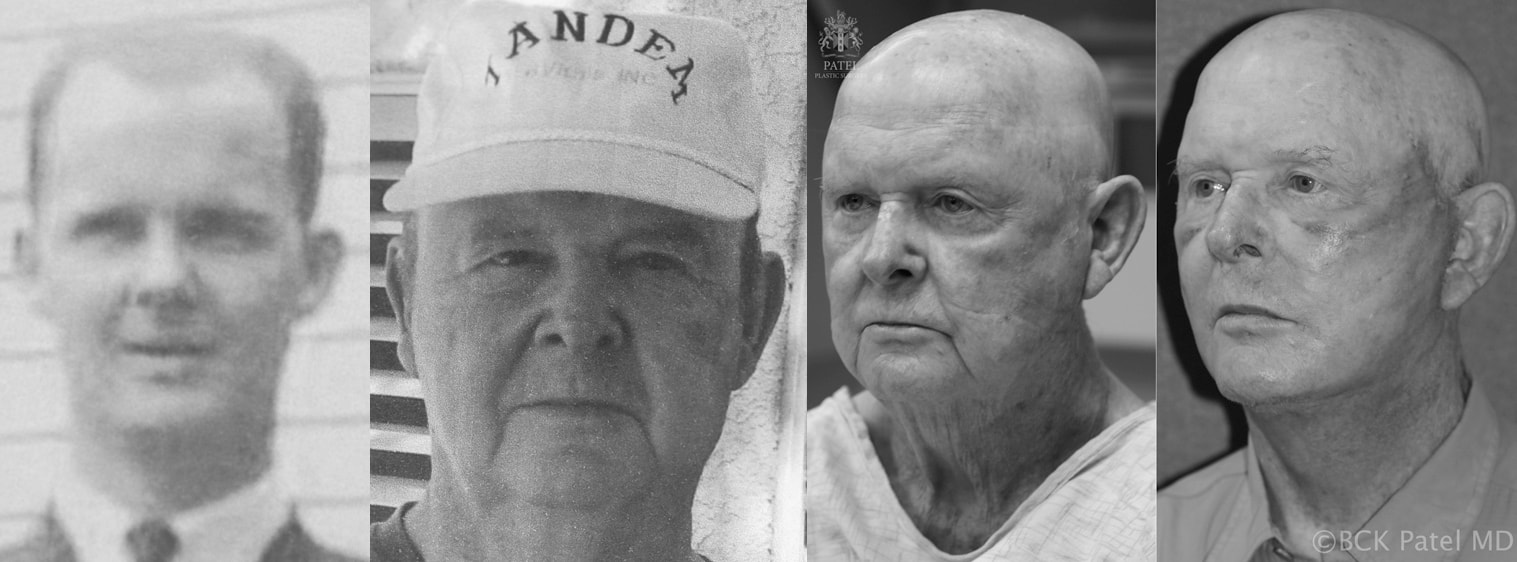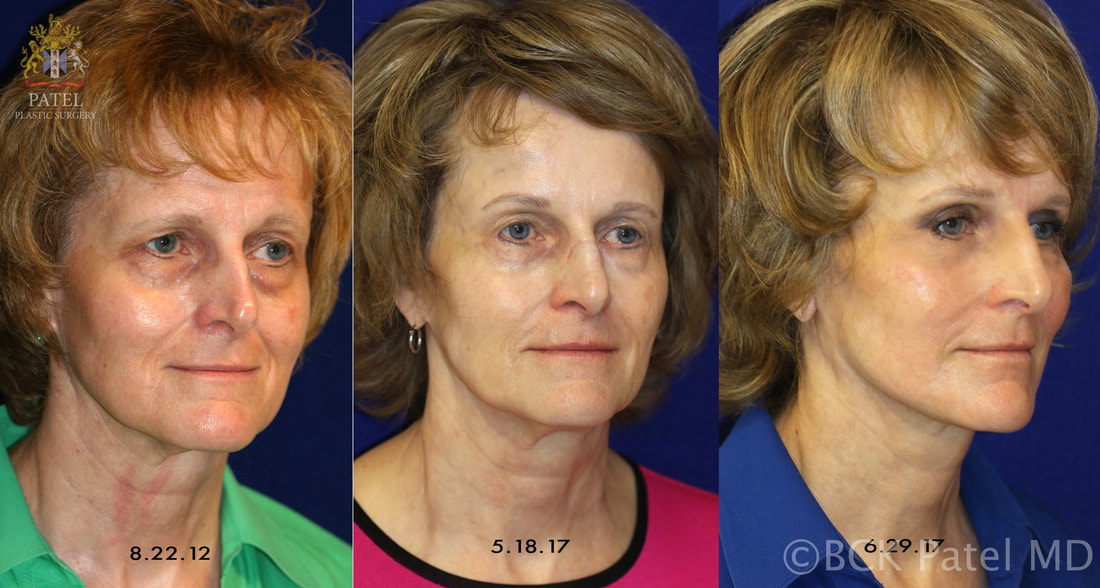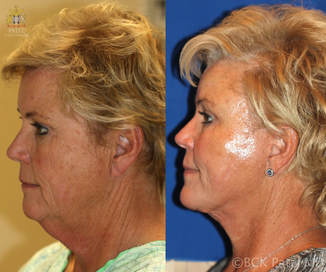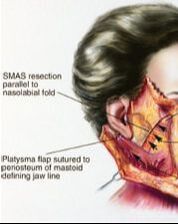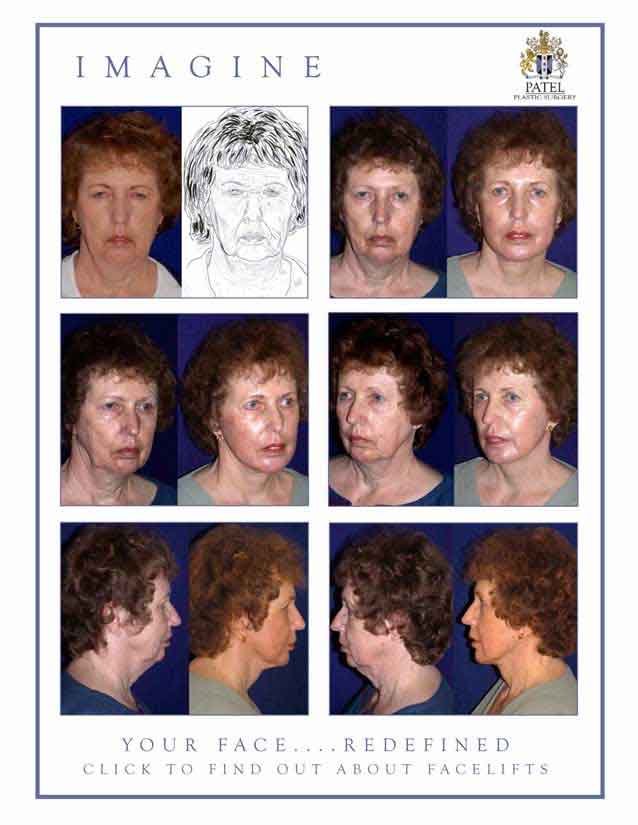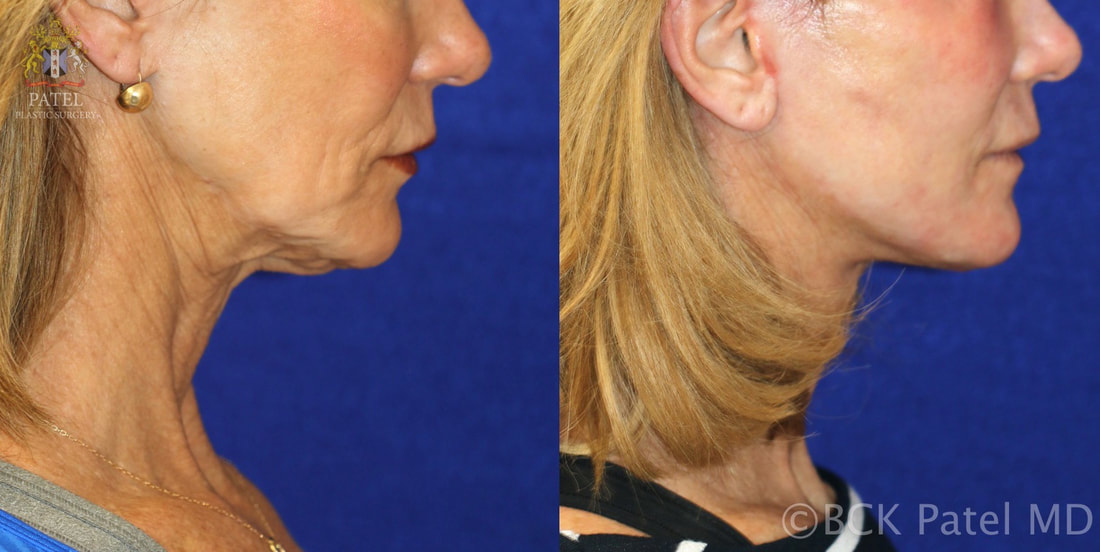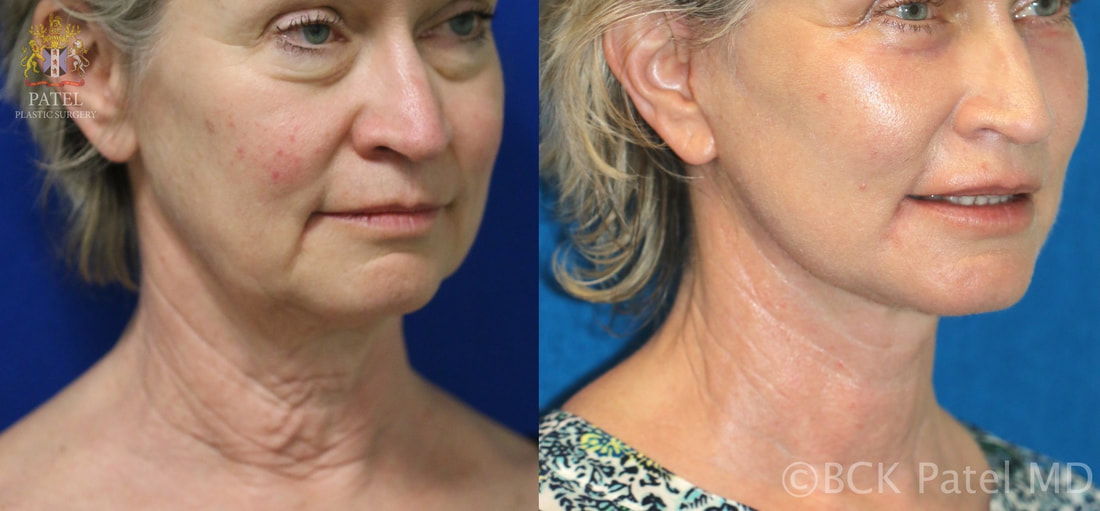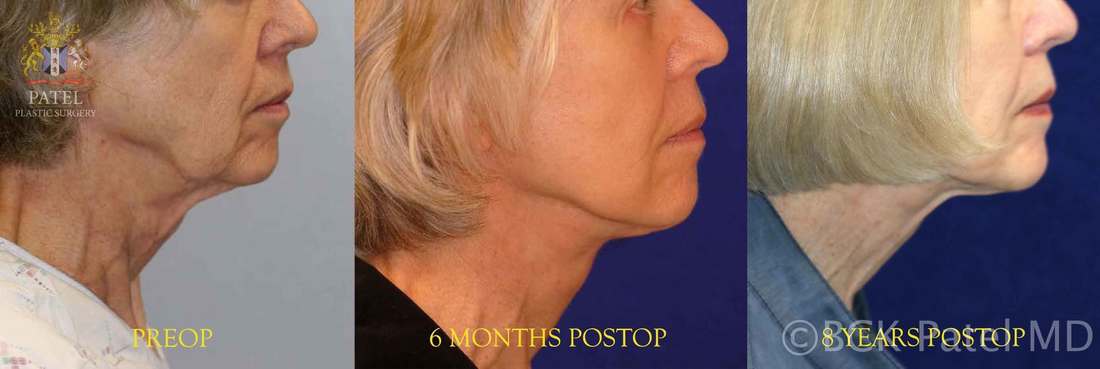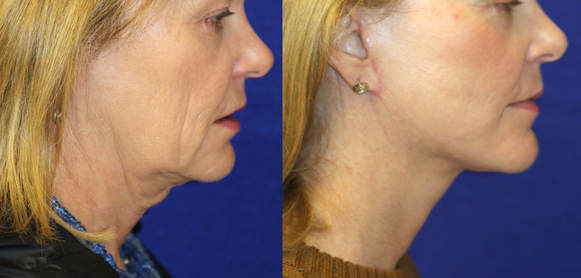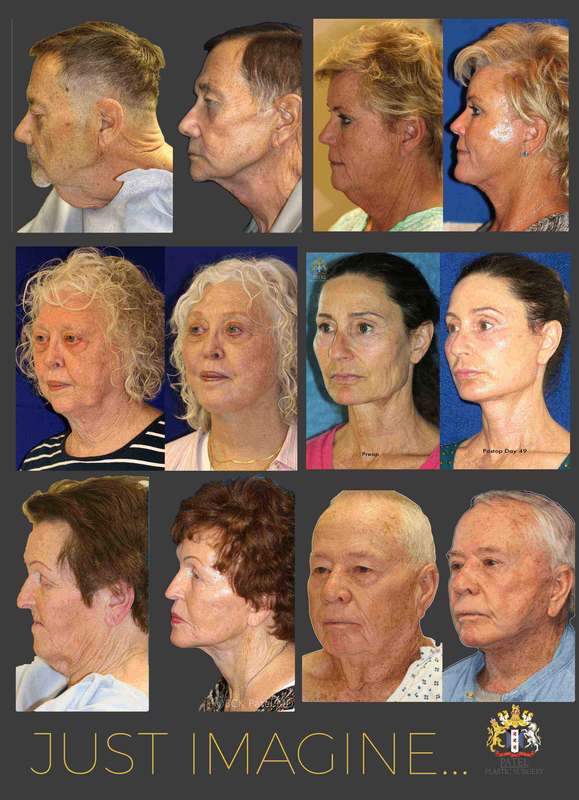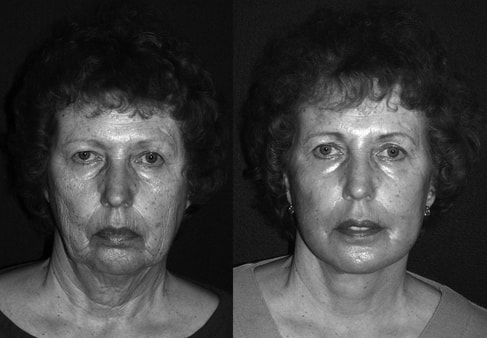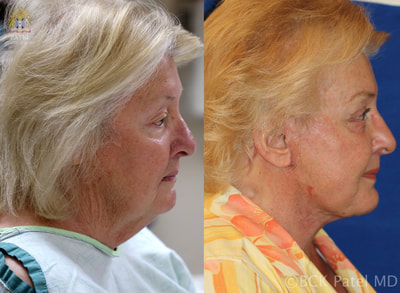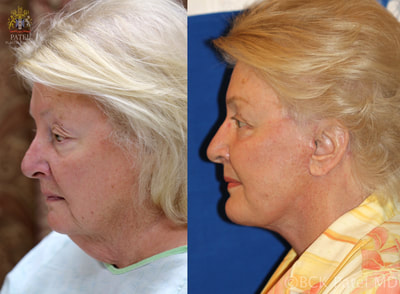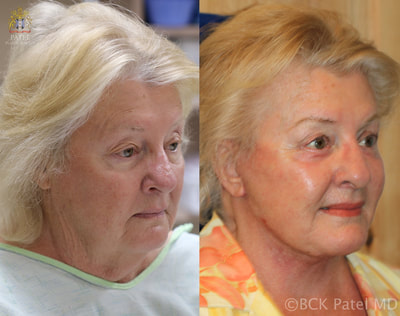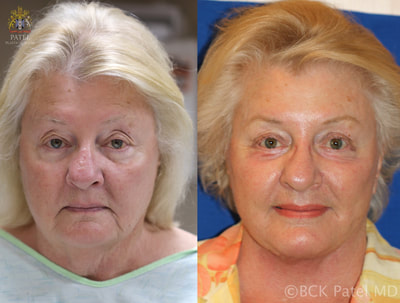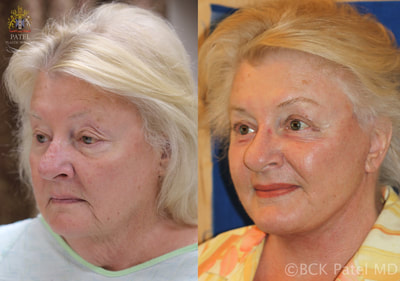Cosmetic surgery for men
|
Age progression 20 to 80 year old male
|
Do you Have QuestionsThere are many different options to treat the face in men: we can help you figure out the next steps.
|
understanding proportions and contours of the youthful male Face
|
15. Cheek fullness "egg of beauty"
16. Nasolabial folds mild 17. Nasal tip projection 18. Proud philtral columns 19. Smooth lips 20. Neutral or uplifted lateral labial commisure 21. No melo-labial folds 22. Jowls absent with firm jawline 23. No neck bands 24. Preauricular smoothness 25. Submaxillary gland hidden 26. Platysma firm 27. Submental firmness 28. Neck firmness 29. Chin projection |
Analysis of the Aging Face in men is more pronounced in certain areas
|
15. Cheek flattening
16. Nasolabial fold prominence and crease depth 17. Nasal tip ptosisPhiltrum flattens and lengthens 18.The dreaded lip lines 19. Lateral labial commissure descent 20. Melo-labial folds 21. Jowls 22. Cervical rhytids 23. Preauricular rhytids 24. Submaxillary gland ptosis 25. Platysmal bands 26. Submental fat 27. Neck rhytids, fat and hollows 28. Chin pad ptosis and retraction 29. Witch’s chin |
Comparing aging in men and women
power of the neckIn men, as well as women, the neck has a major effect on the perception of the presence of aging. In men, it is often the neck changes that are most important whilst in ladies, it is a combination of the neck, jowls and midface.
n the drawing to the left, I have only changed the contour and the fullness of the neck. All other anatomical parts are exactly the same! This illustrates the perception of aging and facial appearance imparted by the appearance of the neck. Together with the neck, of course, go the jawline and chin. It is for this reason that I stress that the "money is in the neck". The better the neck I give you, the better your face looks. Of course, some improvement of the neck may be obtained with local neck procedures, but the best improvement of the neck is obtained by performing a proper face and necklift. |
Facelift and necklift in men
facelift in salt lake city & saint george, utah
www.patelfacelift.com
What is a Facelift?
|
Facial aging is a three-dimensional change. Contrary to previous beliefs, it is not only the skin that ages, but also the deeper structures including the fatty layer, the muscles, the fascia and the bones! The modern facelift addresses all of these layers. Even though it is called a facelift, the aim is to improve the mid-facial tissues, the jawline and the neck. The aim is to create a better smile, fuller cheeks, a strong jawline, and a firm neck. Analysis of the youthful face allows us to determine what is possible and how. Attention is paid not just to tissue laxity and ptosis, but to tissue fullness, position, arches, curves, prominences, hollows and proportions. There is no such thing as the "standard facelift" as it simply gives a ho-hum result without the beauty inherent in all of us. Look at our method of analysis, planning and techniques and review our results to get an idea of what is possible and our approach. |
Treatment Options Lower Third aging (pink Area) |
Am I a Candidate for a Facelift?Dr. Patel has designed a very reliable way of showing you exactly the result you will get with a facelift. Over innumerable cases, this technique has been successful in predicting results much more accurately than what we used to use before: computer graphics. The trouble with computer graphics was that we were changing the appearance in two dimensions, whilst with the method we will show you, you can assess the results you can expect in three dimensions.
|
The power of the hammock lift in a male
A comprehensive assessment of changes allows an accurate plan to be made. The aim is to leave one looking natural, just more youthful. This gentleman had Dr. Patel's trademarked procedure "The Hammock Lift" with no facelift. All the improvements seen are from this Hammock Lift
How will I be assessed?It is vital to review photographs from younger days. In particular, we would like to see photographs where you think the face, the jawline and the neck look the best. An examination of the skin texture, skin laxity, subcutaneous fat, excess or deficient fat, prominences, depressions and bony changes allows us to determine the type of facelift that would serve you the best. Any prior history of trauma or Bell’s palsy is taken into consideration, as is any prior surgery to the brows, eyelids or face. Based upon experience as well as predictable analysis of findings, we will give you a reliable idea of what to expect with a facelift. Our aim is to make you look younger even though you may be several years older as seen here: What other Procedures May be Performed with a Facelift?It is common to perform a facelift with fat grafts, lip augmentation, cheek lifts, laser to lip lineLip Liness and skin rhytids, and, sometimes with upper and lower blepharoplasty. Liposuction of the neck and the jawline is judiciously peformed to get a defined neck and jawline (see the before-and-after photographs, which illustrate the improvement of various different kinds of faces). |
How Is A facelift performed?There is a troubling trend of aggressive marketing of quicker procedures, small-incision procedures, weekend facelifts, etc. Unless the various anatomic changes that need addressing are carefully assessed and corrected, a less-than-ideal result will be obtained.
The very basics of a facelift involve: -Incisions which are hidden in front of and behind the ear. Once healed, they are close to invisible. -Some incisions will follow the temporal hairline and the occipital hairline (behind the ear). The aim is to design the incisions with a thorough knowledge of surface and cross-sectional anatomy so as to obtain almost invisible scars as seen here: -Elevation, repositioning and tightening of the important deeper aponeurotic system (the SMAS) is performed. This is where a thorough knowledge of anatomy is important. As we have anatomy dissection courses where we teach other plastic surgeons the anatomy of the face, it allows us to maintain the highest standard of anatomical and applied anatomical knowledge: -The jowls are addressed. -The jawline is defined. -The neck skin and the neck bands are addressed. -Fat grafts and lasers are frequently used to improve contour and skin appearance. |
How do we get the best possible results from a facelift and necklift?
|
1. We avoid using quick-and-easy procedures which are promoted by volume surgeons and organizations: be wary of aggressive capitalism. This gives them a standard result so they can move on to the next person. 2. We analyze the whole face and neck and aim for harmony as people don't look only at your neck or cheeks. 3. With advanced training and detailed knowledge of aging, anatomy and physiology, we are much better able to address said changes with a view to a congruous outcome that lasts. 4. The skin is what everyone immediately sees: it is impossible to hide blemishes, deeper wrinkles, sun-spots, age-related discolorations, broken veins, large pores with make-up. We pay particular attention to getting the skin to look its best. 5. If necessary, the face and neck are broken up into thirds so you understand if the improvement is best broken up into two separate treatments. This reduces your anaesthesia time for any given procedure and also allows us to give you the best results as explained on the "Facial Aging" page. 6. We combine the use of fat grafts, tissue repositioning, volume augmentation, fat repositioning and removal where appropriate, proper tissue transfers, avoidance of pull-lines and three-dimensional tissue relationship positioning to give us results seen on this and other pages of our patients. For a detailed explanation of facelifts & necklifts Please go here |
I had a facelift done by someone but I have problems and I am not entirely happy with my results. What can I do?
We see patients for second, third and fourth opinions all the time. Many changes after a facelift can be improved as seen in the photographs below and also on our "Complications" page. These changes can include inadequate improvement, unacceptable scars, ear lobes pulled forwards, loss of projection of ear lobes, weak jawlines, loose necks, pull lines (also called "kite lines", asymmetry, irregularities, and many other changes. We will be happy to see you and assess you and advise you.
Schedule Your Consult Today |
What about long-term results of a facelift and necklift?The aging process, whilst different in different people, is largely determined by genetics, lifestyle, sun exposure, diet, health, skin care and skin protection, and a few other factors. Whilst one cannot achieve the shangri-la of arresting aging, properly performed facelifts and necklifts when combined with appropriate fat grafting, use of lasers, augmentation of lips and chins, recreating age-appropriate fullness of cheeks, treatment of "smokers' lines" around the lips, correcting the downward turn of aging mouths and lips and a few other factors can yield very pleasing reliable long-term results as seen in this patient 8 years after such surgery.
Simple protection of the skin and maintenance yields gratifying results in the long term. |
|
What kind of results can I expect after a Facelift?
I don’t want the “pulled look”.
We see patients who come to see us for a second or third opinion because they got a “pulled look” after a facelift. There are many causes of this, including just tightening the skin, limiting the incisions to such a degree that too much tension is taken up by very limited areas of the skin, failure to address the other aging changes which would give a more three-dimensional result, and failure to address the fat and deeper structures. For this reason, we don’t perform any formulaic procedures but base the procedures on the needs of each patient. In this fashion, we get an improvement which is often described by our patients as “natural”,“rejuvenating”and “youthful”. We love hearing our patients say “I love my new face.”The “money” is in designing a beautiful neck and even more gorgeous jawline:
for detailed information on how to prepare for, and what to expect after a facelift, please click here
"Dr. Patel fixed my botched facelift which I had done three times by other surgeons. Nobody would help me with the botched surgery. I finally found Dr. Patel thanks to a hairdresser! I have put my photos up on the web to show what an amazing job he did fixing me." D. Jenks Facelift and Necklift- Las Vegas, Nevada
Frequently Asked Questions
Where will my surgery be performed?
Facelifts are performed in an operating theatre for the sake of sterility and your comfort. We have a team of anesthesiologists and nurses who are trained to specifically look after patients undergoing these procedures.
What kind of anesthesia will be used?
General anesthesia is best for facelifts, although in some instances, sedation anesthesia may also be used.
What kind of sutures are used?
With a 3-D procedure, there are several layer of sutures, accurately placed to give the lifting, tightening and filling, without leaving any tell-tale pull-lines. Some are slow dissolving sutures, others are more permanent. The skin sutures are generally removed between 7 and 14 days.
Do you use lasers for this surgery?
Lasers will be used to treat peri-oral lines, “sleep lines” on the cheeks and other skin irregularities. The advantage of using all the skills and modalities available to us, rather than performing quick or weekend or one-hour facelifts is that it allows us to give you a remarkable improvement not only in the structure and appearance of the face, but also the health and smoothness of the skin as seen here:
How long does the surgery take?
Facelift surgery can take between 3 and 5 hours of surgery time, depending upon the planned procedures, patient’s face-type, age and other factors.
How much bruising and swelling will I have?
Bruising around the jawline and upper neck is common for the first two weeks. The face itself usually will not get much bruising, but may be pink from any laser work. Swelling is to be expected because of the extent of the surgery: the swelling abates over about two weeks.
Does insurance cover facelifts?
Only if insurance will buy you a Rolls Royce (Phantom, of course).
How painful is a Facelift?
A sensation of firmness will be there because of the swelling: this is present for the first few days. Most patients do not need prescription pain medication after the first two to three days.
Are there any restrictions and when may I return to work?
We will provide you with a special neck dressing which you will wear as much as you can for the first couple of weeks. You will also apply a moisturizer (any brand will do) to the face as healing skin and lasered skin requires moisturizer. Icing the face also helps for the first two to three days. Many of our patients will ice the face for longer as it feels good. You may be up-and-about the day after surgery. Gentle exercise (treadmill and stationary bicycle) may be commenced by day 3. More vigorous exercise like skiing and tennis may be resumed by about day 10.
Should I lose weight before my facelift?
Ideally, you should be within about 3 – 5 pounds of your desired weight. Whereas I can create the most beautiful angles and curves in slim patients, if you are able to get close to your ideal weight, we can wonders as can be seen in this patient who lost some weight before her surgery and is absolutely chuffed at her result:
What are the most common risks of Facelifts?
Bruising and swelling are de rigeur! However, significant long-lasting complications are rare.
Bleeding is not common as we pay close attention to proper hemostasis. On rare occasions, a small hematoma may collect.
Everyone will experience some numbness in the face: this resolves over weeks to months. This occurs because of the dissection of the face. This is not a complication.
Because of the dissection and repositioning of the tissues, it is common for there to be small differences in the smile between the right and left sides: this is usually only noticeable to the patient and to Dr. Patel! It recovers over a few weeks.
All faces have asymmetry and there will be some degree of asymmetry. This is to be expected.
Permanent weakness of nerves and muscles is rare.
The scars are usually very well hidden. However, some patients may have a tendency to cause hypertrophic scarring: in such cases, certain lasers and treatments will help. By-and-large, scars are rarely a problem. With Caucasian skin, pinkness of scars is to be expected for several weeks. With darker skin, some hyperpigmentation may occur.
Bleeding is not common as we pay close attention to proper hemostasis. On rare occasions, a small hematoma may collect.
Everyone will experience some numbness in the face: this resolves over weeks to months. This occurs because of the dissection of the face. This is not a complication.
Because of the dissection and repositioning of the tissues, it is common for there to be small differences in the smile between the right and left sides: this is usually only noticeable to the patient and to Dr. Patel! It recovers over a few weeks.
All faces have asymmetry and there will be some degree of asymmetry. This is to be expected.
Permanent weakness of nerves and muscles is rare.
The scars are usually very well hidden. However, some patients may have a tendency to cause hypertrophic scarring: in such cases, certain lasers and treatments will help. By-and-large, scars are rarely a problem. With Caucasian skin, pinkness of scars is to be expected for several weeks. With darker skin, some hyperpigmentation may occur.
|
Visit Patel Plastic Surgery on YouTube for more free tips!
Stay Connected With Us On Social Media
|
Find UsLocations:
Dr. BCK Patel MD, FRCS 1025E 3300S Salt Lake City, Utah 84106, USA (801) 413-3599 (phone/text) E: [email protected] bckpatel.info Dr. BCK Patel MD, FRCS 585 E Riverside Dr Suite 201 Saint George, UT 84790 (435) 215-0014 E: [email protected] Quick-Link |
Let Us answer your questions |

